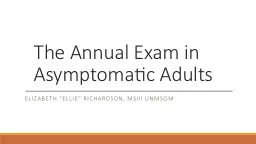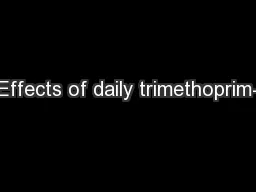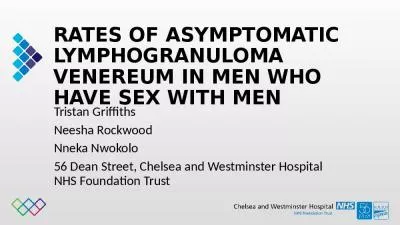PPT-The Annual E xam in Asymptomatic
Author : tatiana-dople | Published Date : 2018-03-14
A dults Elizabeth Ellie Richardson MSIII UNMSOM Clinical Case 45 year old woman with an insignificant past medical history and A family history significant for hypertension
Presentation Embed Code
Download Presentation
Download Presentation The PPT/PDF document "The Annual E xam in Asymptomatic" is the property of its rightful owner. Permission is granted to download and print the materials on this website for personal, non-commercial use only, and to display it on your personal computer provided you do not modify the materials and that you retain all copyright notices contained in the materials. By downloading content from our website, you accept the terms of this agreement.
The Annual E xam in Asymptomatic: Transcript
Download Rules Of Document
"The Annual E xam in Asymptomatic"The content belongs to its owner. You may download and print it for personal use, without modification, and keep all copyright notices. By downloading, you agree to these terms.
Related Documents














